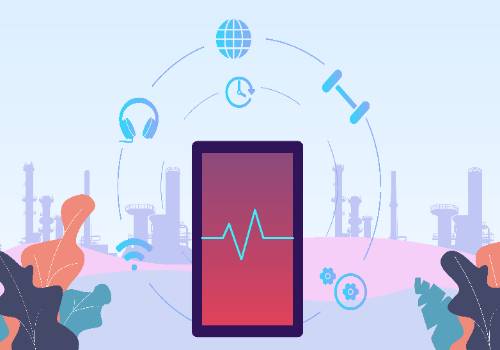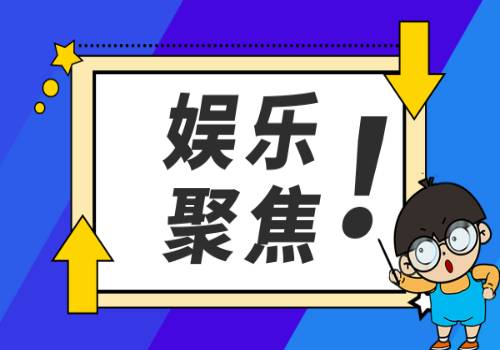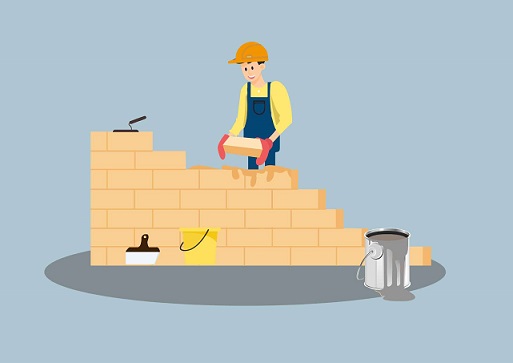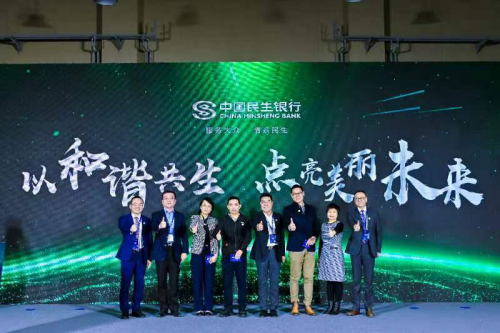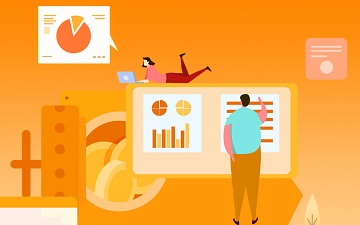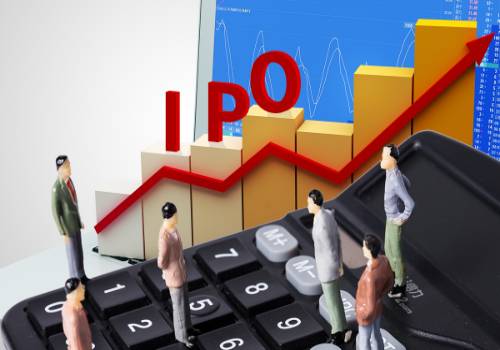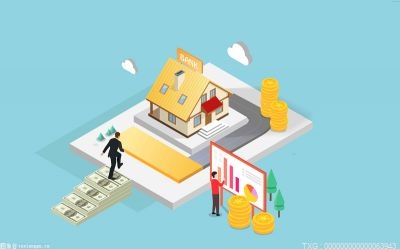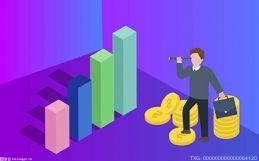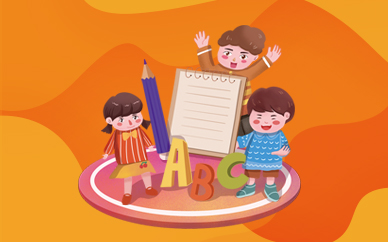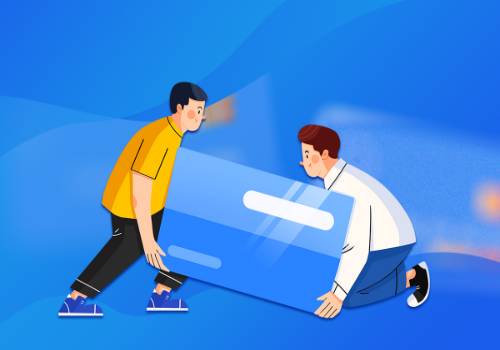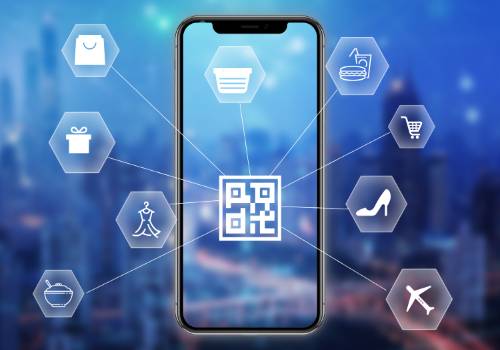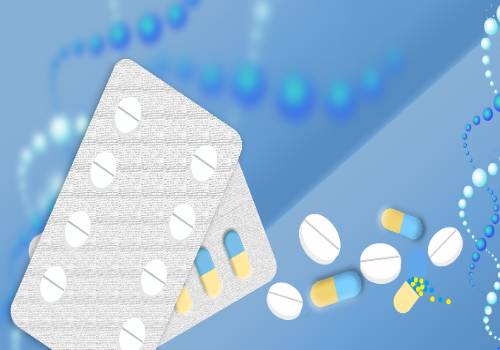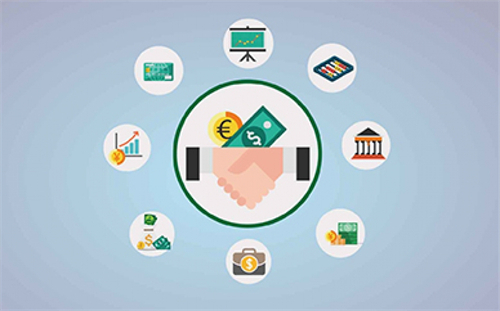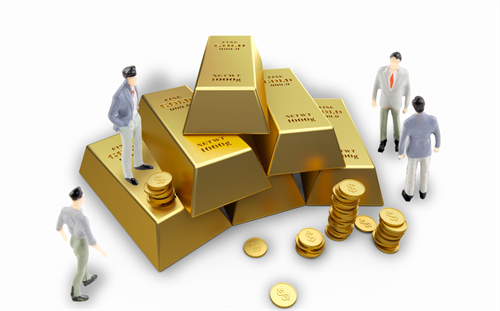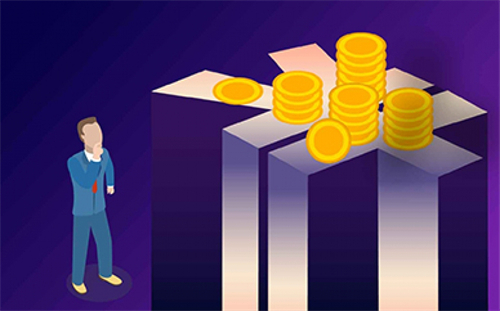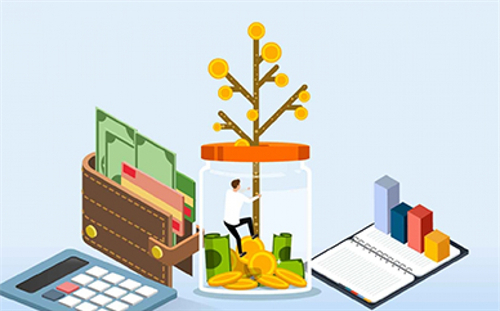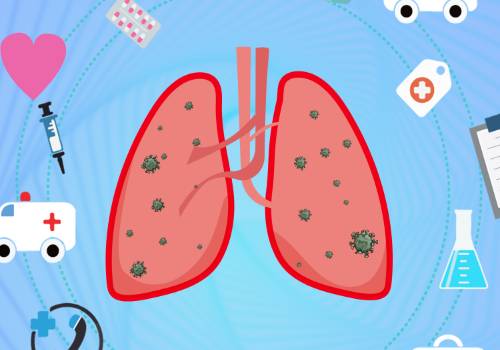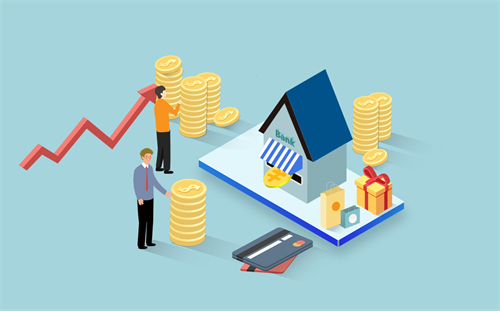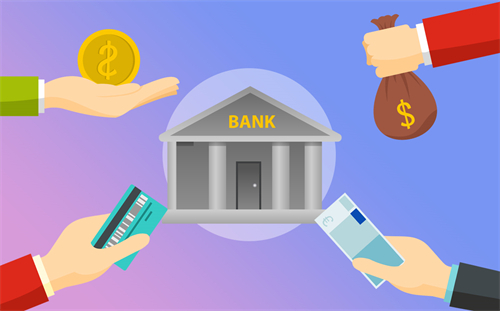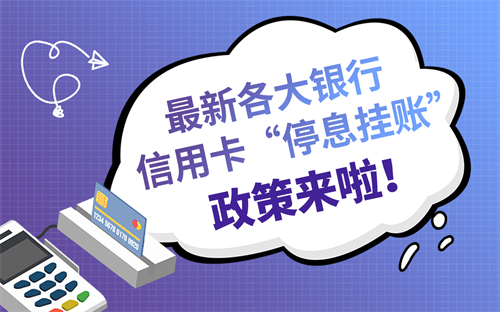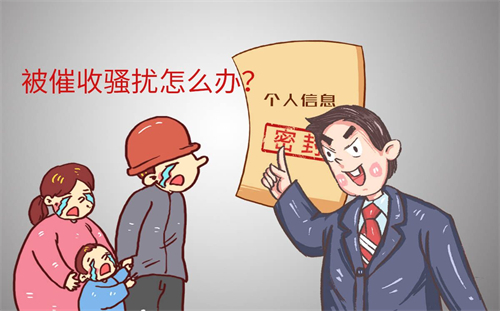总有人觉得巴菲特是科技盲,甚至巴菲特自己也乐于以这种形象示人,在镜头面前总是说自己连智能手机都不会用。其实只要想一想巴菲特与比尔盖茨的关系,以及巴菲特本人的资源与学习能力,对于科技的理解肯定是要超过99%的投资者的。
 (资料图片)
(资料图片)
1997年的时候,微软内部有一个高管给巴菲特发了邮件,详细对比了微软和可乐的商业模式,并且推荐巴菲特买微软的股票。然而,巴菲特并没有出手,我们一起来看一下为什么?
这封信前面是在讲橄榄球相关的东西,我们略过不看,来看一下 Jeff Raikes 对微软生意的介绍:(有删减掉一些不重要的信息)
While many people would see our business as complicated or hard to understand, I am absolutely convinced an astute investor can learn our business in only 3 to 4 hours (and probably less than two hours if BillG explained It!). (虽然许多人认为我们的业务复杂或难以理解,但我完全相信一个精明的投资者可以在只有3到4个小时的时间内学习我们的业务(如果Bill Gates解释的话,可能还不到两个小时)!)
In some respects I see the business characteristics of Coca Cola or See’s Candy as being very similar to Microsoft. I think you would love the simplicity of the operating system business. E.g. in FY96 there were 50 million PC’s sold In the world, and about 80% of them were licensed for a Microsoft operating system. Although I would never write down the analogy of a “toll bridge”, people outside our company might describe this business in that way. Those 40 million licenses averaged about $45 per for a total of about $1.88 In revenue. By the way, the remaining 1OM PC’s were largely running Microsoft operating systems we didn’t get paid for them. This problem – piracy – if reduced, is one of the key upsides to our business. (在某些方面,我认为可口可乐或喜诗糖果的业务特征与微软非常相似。我认为你会喜欢操作系统业务的简单性。例如,在1996年,全球销售了5000万台PC,其中大约80%的PC都获得了微软操作系统的许可证。虽然我永远不会把这个比喻成“收过路费的桥”,但公司外部的人可能会以这种方式描述这项业务。这4000万个许可证的平均价格约为每个45美元,总收入约为18.8亿美元。顺便说一句,剩下的1000万台PC主要在运行我们没有得到报酬的微软操作系统。这个盗版问题如果减少,是我们业务的一个关键优势之一。)
In FY2000, there will be about 100M PC’s sold. We think we can reduce piracy to 10% and license 90% or 90M of the PC’s. But we also have pricing discretion – I think l heard this term used In conjunction with your pricing decisions on See’s Candy. We will be transitioning the world to a new version of our operating system, Windows NT. Today, we get more than $100 per system for NT, but only on a small percentage of the PC’s. But NT will be on closer to 70% of the PC’s sold in FY2000. We can achieve average license revenue of $80. So 90M licenses at $80 per license totals about $7.2B, up from just under $2B in 3 to 4 years. And since there are effectively no COGs and a WW sales force of only 100·150 people this is a 90%+ margin business. There is an R&D charge to the business. but I’m sure the profits are probably as good as the syrup business! (到FY2000年,将有大约1亿台PC出售。我们认为我们可以将盗版率降至10%,并授权90%或9000万台PC。但我们也有定价自由,我想我在和你讨论喜诗糖果的定价决策时听到过这个术语。我们将向全球推出我们的新操作系统Windows NT。今天,我们每个NT系统收取的费用超过100美元,但只有少数PC需要付费。但是,NT将出现在2000年销售的PC中约70%的PC上。我们可以实现每个许可证平均80美元的收入。因此,9000万个许可证每个80美元,总计约72亿美元,而3至4年前不到20亿美元。由于实际上没有成本费用,而全球销售人员只有100-150人,因此这是一个90%以上的利润率业务。该业务存在研发费用,但我相信利润可能和糖浆业务一样好!)
There is actually upside in the number of PC’s sold. Similar to your analysis of Coca Cola, the penetration of PC’s in International markets leaves a lol of room for growth. In the US, the number of PC’s per 1000 people is around 400 or so, but the number drops off rapidly lo 100 or less in most countries, even in some of the European countries.(实际上,在出售的PC数量方面存在上升空间。类似于您对可口可乐的分析,PC在国际市场上的渗透率还有很大的增长空间。在美国,每1000人中的PC数量约为400左右,但在大多数国家,甚至在一些欧洲国家,该数量迅速下降到100或更少。)
The business described above is what we call the OEM (Original Equipment Manufacturer) business, meaning our revenue comes from the manufacturers of the PC’s. The majority of the rest of the business is called the “finished goods” business. It consists of businesses or individuals buying office productivity software, educational or entertainment software, etc. Again the structure is very simple. A PC is just a razor that needs blades, and we measure our revenue on the basis off per PC, In FY96, nearly 50M PC’s were purchased and Microsoft averaged about $140 in software revenue per PC or $7B. This amount is in addition to the OEM royalty business I described above. (上述业务是我们所谓的OEM(原始设备制造商)业务,这意味着我们的收入来自于个人电脑制造商。大多数其他业务被称为“成品”业务。它包括购买办公生产力软件、教育或娱乐软件等的企业或个人。同样,结构非常简单。个人电脑只是一种需要刀片的剃须刀,我们根据每台个人电脑的基础来衡量我们的收入。在FY96,有近5000万台个人电脑被购买,微软每台个人电脑平均约有140美元的软件收入,或者说为70亿美元。这个数字是我上面描述的OEM版税业务之外的。 )
So in some sense that is it. There are a certain number of PC’s that get sold, a growing amount of Microsoft software per PC, the power to – use the brand to sell even more software, some pricing discretion, international market (growth, and the opportunity to grow revenue by further reduction in piracy. Obviously, I’m not going through all the details we’d discuss in a couple hour session, but that is the heart or the business. Of course there is the R&D invested to build the software, but that is similar to Disney continuing to produce new content, or Nebraska Furniture Mart continuing to keep their format fresh, and an Investment that BillG manages very closely.(所以在某种程度上就是这样。有一定数量的个人电脑被销售,微软软件的数量不断增长,使用品牌销售更多软件的能力,一些定价自由度,国际市场(增长),以及通过进一步减少盗版来增加收入的机会。显然,我不会在几个小时的会议中讨论所有细节,但这就是业务的核心。当然,还有研发投资用于构建软件,但这类似于迪士尼继续制作新内容,或者内布拉斯加家具商城继续保持其新鲜格式的投资,这也是比尔盖茨密切管理的投资。)
So I really don’t see our business as being significantly more difficult to understand than the other great businesses you’ve invested in. But there is one potential difference that worries me, and it is a key part of the reason I spent the time to share these thoughts with you. The difference I worry about is the “width of the moat. With Coca Cola, you can feel pretty confident that there won’t be a fast shift in user preferences away from drinking sodas, and in particular Coke. In technology, we may more frequently see “paradigm shifts” where old leaders are displaced by new. Graphical user interface replaces character user interface, the Internet explodes, etc. (所以,我真的不认为我们的业务比您投资的其他大企业更难理解。但有一个潜在的差异让我感到担忧,这也是我花时间与您分享这些想法的关键原因。我担心的差异是“护城河的宽度”。对于可口可乐,您可以非常有信心地认为,用户偏好不会迅速转向饮用其他汽水,特别是可口可乐。在技术领域,我们可能更频繁地看到“范式转换”,旧的领导者被新的领导者所取代。图形用户界面取代字符用户界面,互联网爆炸等。)
In the absence of a paradigm shift in technology, market shares seldom change by more than a few points. With a paradigm shift, the shares can rapidly change by dozens of points. I spent my first ten years at Microsoft building Microsoft Office. We were way behind in share most of that time (less than 10%). but the shift to graphical user interface was the paradigm shift that allowed us to displace the old leaders (Lotus 1-2-3 and WordPerfect) and now be at 90% share. Of course, key to this shift in share. was their failure to identify the computing paradigm shift and properly invest in it. They were the leaders and they could have chosen to cannibalize themselves. But they didn’t act fast enough and were scared that investing in the new paradigm would open the door for us – ironically it was their slow pace that opened the door. 在技术没有发生范式转换的情况下,市场份额很少会改变超过几个点。但在范式转换的情况下,份额可能迅速变化几十个点。我在微软的前十年里一直在建立微软办公室。我们的份额大部分时间都很低(不到10%)。但是图形用户界面的转变是范式转变,它使我们取代了旧的领导者(Lotus 1-2-3和WordPerfect),现在占有90%的份额。当然,这种份额转移的关键是他们没有识别计算范式转变并适当投资。他们是领导者,他们可以选择自我毁灭。但他们没有行动得足够快,害怕投资新范式会为我们打开大门-具有讽刺意味的是他们缓慢的步伐打开了大门。
总结一下,Jeff Raikes 对于微软生意的描述是非常清楚的。
微软的核心就是两个生意:
(1) OEM 生意,即向个人PC的制造商收取windows 操作系统的费用。当时,windows 已经垄断了90%以上的市场份额,所以可以对每一台电脑收取过路费。
(2)软件生意。在用户买下电脑之后,微软依然可以通过售卖软件(主要是office)来赚钱。1996年的时候,从全球销售的5000万台电脑,微软从平均每台电脑上卖出了140美元的软件,营收70亿。
同时,微软这两个生意是有协同效应的。Windows 系统卖得稍微便宜一点也无妨,只要维持住垄断的市场份额,软件生意就可以带来源源不断的利润。
如果我是巴菲特的话,面对这样的生意,我肯定是会投资的。然而,在巴菲特的思维方式中,对于护城河的考虑永远是第一位的,微软的生意可能目前非常强大,但是谁也不知道会不会突然出现新的人机交互方式,然后突然颠覆掉微软看似很宽的护城河。
我们看巴菲特是怎么回复的:
Your analysis of Microsoft, why I should invest in it, and why I don’t could be more on the money. In effect the company has a royalty on a communication stream that can do nothing but grow. It’s as if you were getting paid for every gallon of water starting in a small stream but with added amounts received as tributaries turned the stream into an Amazon. The toughest question is how hard to push prices and I wrote a note to Bill on that after our December meeting last year. Bell should have anticipated Bill and let someone else put in the phone infrastructure while he collected by the minute and distance (and even importance of 1hr call he could have figured a wait to monitor it) in perpetuity. (你对微软公司的分析、我为什么应该投资它以及为什么我没有投资完全正确。实际上,该公司正在对一种不断增长的通信流的使用权收取专利费。就好像你开始从一条小溪的每加仑水收取报酬,随着支流转化成了亚马逊河,你收到的量也越来越多。最困难的问题是如何确定价格,去年我们12月的会议后,我给比尔写了一张便条。贝尔应该预见到比尔的行动,并让其他人在电话基础设施上投资,而他则通过每分钟和每公里的计费方式(甚至可以根据一小时通话的重要性来监控它)来永久收费。)
Coke is now getting a royalty on swallows; probably 7.2 billion a day. If this average gulp is one ounce. I feel 100% sure (perhaps mistakenly) that I know the odds of this continuing-again 100% as long as cola doesn’t cause cancer. Bill has an even better royalty-one which I would never bet against but I don’t feel I am capable of assessing probabilities about, except to the extent that with a gun to my head and forced to make a guess, I would go with it rather than against. But to calibrate whether my certainty is 80% or 55%, say. For a 20-year run would be folly. if I had to make such decisions, I would do my best but I prefer to structure investing as a no-called-strikes game and just wait for the fat one.(可口可乐现在每天从每一口咽下去的饮料中获得版税,可能达到72亿美元。如果这个平均吞咽量是一盎司,我有 100% 的把握(也许是错误的)认为这种情况会持续下去——只要可乐不会引起癌症。比尔有一个更好的使用权,我永远不会打赌反对它,但我不认为自己能够对概率进行评估,除非在被逼无奈、被指着枪膛必须猜测的情况下,我会选择赞同它而不是反对它。但要衡量我的确信度是 80% 还是 55%,例如为期 20 年的周期,那就是愚蠢的。如果我必须做出这样的决定,我会尽力而为,但我更喜欢将投资变成永不出局的无风险游戏,并等待好的机会。)
I watched Ted Williams on cable the other day and he referred to a book called the science of hitting which I then ran down. It has a drawing of the batters box in it that he had referred to on the show with lots of little squares in it, all parts of the strike zone. In his favourites spot, the box showed .400 reflecting what he felt he would hit if he only swung at pitches in that area. Low and outsized, but still in the strike zone, he got down to .260. Of course, if he had two strikes on him, he was going to swing at that .260 pitch but otherwise he waited for one in the “happy zone” as he put it. I think the same approach makes sense in investing.(我之前有一天在电视上看到了泰德·威廉姆斯,他提到了一本书叫《打击科学》。我随后去查了一下这本书。书里有一个击球区的图画,他在节目中提到了它,上面有很多小方格,都是打击区域的一部分。在他最喜欢的位置上,方框里写着.400,反映了他认为如果他只击打那个区域的球,他将能够达到的击球率。如果球低而大,但仍在打击区内,他的击球率将下降至0.260。当然,如果他面临两个被投手投到一个区域的机会,他会击打那个0.260的球,但除此之外,他会等待一个“甜蜜区”的球。我认为这种方法在投资方面也是有意义的。)
Your happy zone, because of the business experience you have had, what you see every day, your natural talents, etc. is going to be different than mine. I am sure, moreover that you can hit balls better in my happy zone than l can in yours just because they are fatter pitches in general. (由于你拥有的商业经验、每天看到的事情、天生的才能等等,你的“甜蜜区域”会与我的不同。此外,我相信你在我的快乐区域中打球会比我在你的快乐区域中打得更好,只是因为一般来说它们是更好击打的球。)
总结:巴菲特认可微软的投资价值。就像是一条小溪流过,微软可以对这条小溪的每一瓢水进行收费。而且,这条小溪注定会逐渐长大,变成大河,所以微软的收费可能会变得更多。然而,巴菲特对于每一瓢水到底能收多少钱并不是很确定,同时对于微软20年后的情况也完全没有把握。
相反,可口可乐也可以看作是对人的每一口吞咽进行收费,而人总要囤咽(喝东西)的。在巴菲特看来,他对可口可乐的收费能力100%有信心,所以投资可乐是一件非常确定的事情。
巴菲特说,“I prefer to structure investing as a no-called-strikes game and just wait for the fat one”,他希望把投资变成一个永不出局的游戏,永远等待那个非常确定的击球机会。
想一想,投资微软,有机会获得非常好的回报,但是有可能会失败。如果必须在做多和做空当中选一个的话,巴菲特会选择做多。
而投资可乐,有100%的机会(当然是巴菲特的主观判断)会获得不错的回报,尽管可能比微软差不少。
在这种情况下,投资可乐肯定是更理性的选择。就像芒格说的,如果一个人已经有了确定的12%回报的机会,还去嫉妒别人获得更高的回报,那简直是疯了。








